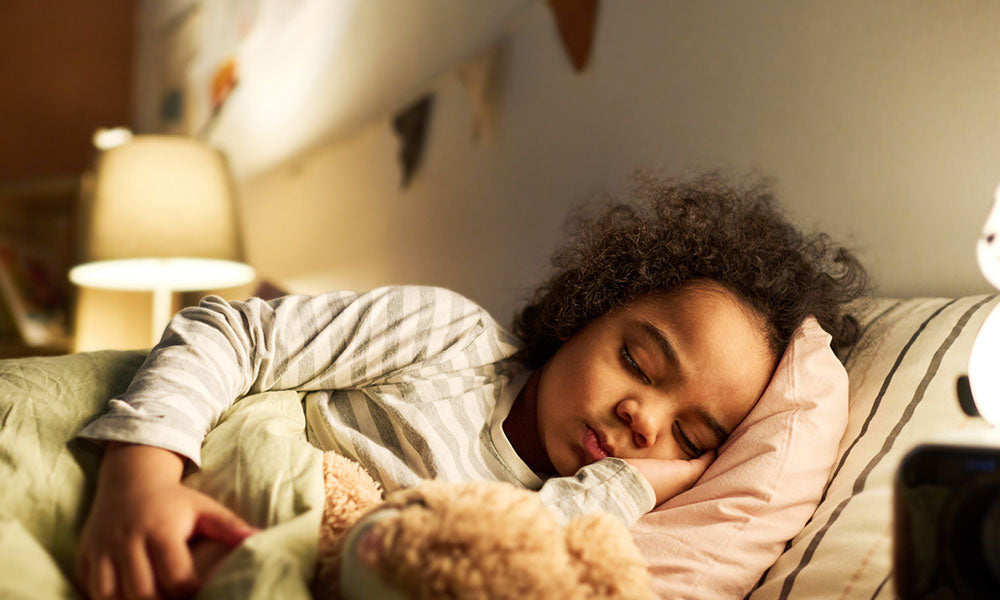This time of year can be challenging for children, as they transition from the sweet freedom of summer to the reassuring structure of school. While little ones may be in year-round programs, there’s still anxiety around the start of the new school year.
In a survey by Kiddie Academy Educational Child Care, approximately 75% of parents interviewed acknowledged that their children experience at least some degree of anxiety when school starts. The good news is that the separation anxiety children feel when starting school or child care is a normal part of development.
So how do you manage the back-to-school butterflies and ensure that your child is prepared for new faces and unfamiliar places? Here are three tips to set your children up for success:
1.) Discuss back-to-school worries with your kids
Before all big milestones, introducing books with themes about new situations gives parents the opportunity to start discussions around those topics. Read books about going to preschool or kindergarten a few weeks before school begins to help ease the transition and encourage excitement. Once your children have been exposed to the idea of going to school, discuss any questions they have to ease their mind and make the impending experience seem more familiar.
2.) Make back-to-school prep special and fun
Buying a special outfit and shoes, finding a backpack with a favorite character on it and picking out a treasured comfort object from home to bring to school can all help create anticipation for the first day of school. Take some time to visit the school before dropping your children off for the first time and let them meet their teachers. Usually the playground will be open, at least, which is one of the most important parts to test out before school starts anyway.
When you show up on the first day, your children will be more familiar with their surroundings and happy to have special things to bring with them. Maybe you can surprise your kiddo with a hand-written note or drawing tucked inside a lunch box—one father I know used to draw on bananas with colored Sharpies, much to his daughter’s delight.
3.) Say a short goodbye but don’t sneak away
Now that you’re ready, it’s time to nail the drop off! Confidence is key when dropping off your child for the first day of school. You’ll want to give a quick hug and kiss and a short farewell. Remind your children that you will see them after school and can’t wait to hear all about their day.
And also don’t sneak away! Sneaking away usually adds more anxiety into the equation. Sometimes, children are not okay during drop off, and that’s part of the process. Don’t look back, don’t turn around, just walk away confidently, and they’ll eventually adopt your attitude. Creating a consistent drop-off ritual helps kids make positive transitions while they learn to develop trust with their parents and teachers.
Going back to school—or to school for the very first time—is a challenge that parents and children face every year. By creating a back-to-school ritual beginning with lots of preparation, you and your child can start the school year off on a great note.



